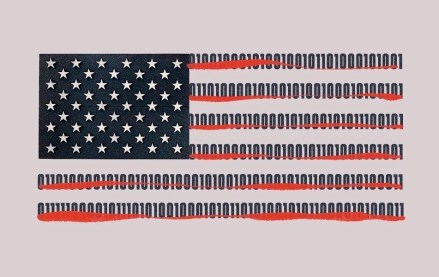
As media buyers are calling for more transparency, ad tech seems to be moving toward a self-service model for media spend.
Self-service allows media buyers to have their own bidding tool and manage their own data in-house. The most recent ad tech acquisitions show self-service is progressing well in the industry, at least from a consolidation perspective.
Ad tech firm Sizmek, which private equity firm Vector Capital owns, agreed to acquire public demand-side platform Rocket Fuel last week for about $126 million. One big reason for the acquisition is buying a company with a self-service offering is “in line with Sizmek’s overall strategy,” said Mark Grether, executive chairman for Sizmek. In January, Time Inc.-owned Viant acquired demand-side platform Adelphic because “there has been growing interest in self-service media execution capabilities among both brands and agencies,” said Jon Schulz, Viant’s CMO.
“Interest still remains for managed service offerings, [as] brands and agencies need complete flexibility when it comes to media execution,” Schulz added. “Self-service is not the be-all and end-all — it’s the data that really matters. Integrating self-service has opened us up to more programmatic-only partners who wanted access to our data.”
There are no hard statistics to quantify how many ad tech firms have started offering self-service in addition to managed service. But Richard Joyce, senior analyst of programmatic media for Forrester, believes self-service is the future of ad tech. Joyce believes this is not just from an auditing, control, verification and transparency standpoint but also from a knowledge-building standpoint — marketers are trying to expand their knowledge of life in digital advertising to prepare for the future.
“As we know, agencies continue to be predominantly interested in the self-service,” he said. “So I believe that not having a self-service offering will hurt ad tech providers, even if that impact is not immediate.”
For the time being, brands that can run self-service are still in the minority, according to Andrew Fischer, CEO for self-service programmatic provider Choozle. Over 80 percent of the company’s clients are midsize agencies, which have typically outsourced programmatic campaigns to vendors in the past. From an advertiser’s perspective, Amanda Betsold, head of programmatic for agency iCrossing, said self-service lets her team access a platform directly to manage media campaigns on behalf of clients, while with managed service, her team works alongside a DSP partner, with the vendor pulling the levers.
“With in-house demand increasing, many of the ad tech companies we partner closest with have adapted to provide either a full self-service platform or self-service access to customized planning or analytics tools to improve the way we work together,” said Betsold.
But some ad tech companies still solely offer managed service because they have complex technology, aren’t nimble enough to translate their technology into client-facing platforms or struggle with valuing their data and technology to develop a business model that allows them to transact with brands and agencies in a transparent way, she said.
To run self-service as a business, ideally ad tech companies can adopt a subscription-based model, or SaaS (software as a service), according to ad tech executives. But at the moment, SaaS is hard for agencies to purchase. Fischer explains that if an agency is running $100,000 of media through a platform, it is easier for the shop to pay 20 percent of the media spend, or $20,000, while the campaign is running versus paying an upfront cost of $20,000 for a SaaS subscription. “While the amount is the same in this example, agencies’ billing and business structure provide a barrier to purchase,” said Fischer.
Grether also believes that in ad tech, the SaaS business model needs to work differently than the traditional SaaS approach because the business is different. For example, while a self-service model for industries outside of advertising like legal and financial services means that 100 percent of the business is running through the platform, if a vendor sells a DSP to an agency, it is most likely not getting all of the agency’s programmatic campaigns.
“The real challenge is whether you can build a fully transparent self-service SaaS business model for media where the technology provider gets a share of the value that it helps create, rather than the amount of media that goes into the system,” said Grether.
More in Marketing

WTF is the American Privacy Rights Act
Who knows if or when it’ll actually happen, but the proposed American Privacy Rights Act (APRA) is as close as the U.S. has ever come to a federal law that manages to straddle the line between politics and policy.

Here’s how some esports orgs are positioning themselves to withstand esports winter
Here’s a look into how four leading esports orgs are positioning themselves for long-term stability and sustainability, independent of the whims of brand marketers.

Marketing Briefing: Marketers eye women’s sports as a growth area amid WNBA draft, record March Madness
Marketers are considering the space more this year, according to agency execs, with some noting that the women’s athletes may get more attention from brands ahead of the Summer Olympics this July.







